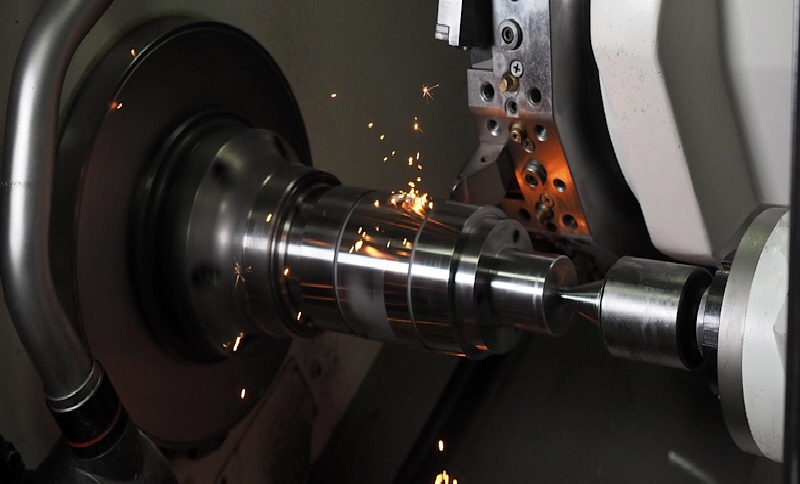Any manufacturing company that keeps good track of the machines used for custom CNC machining has to process costs at some point. We are talking about the overall costs of small parts as well as the efficiency rate of each production cycle. A lot of companies take into account every single part, and they keep immaculate records on the number of CNC machined parts that are shipped.
Every custom CNC machining task is processed and scheduled to be handled on the company’s machining tools. Even with quick turnouts, the devices still need to locate holes and place datum planes if they are required. To get there quickly, the CAD models need to be on point and carefully analyzed to ensure good quality and reduced costs.
- When you need to process content on your CNC machine, you need to do so with a structure that goes according to a plan. The following is one of the best-recommended courses of action:
- Content that is not possible to process using regular CNC machine tools has to be used as preferred content instead.
- If the content is difficult to process with the CNC machine tools available, and it is also challenging to handle and guarantee the desired, it should be used for relevant content.
- If the processing accuracy of the regular CNC machine tools is weak or too low, the manual labor handled by workers can be chosen to turn the tide and make up for surplus capacity of any CNC technology that is failing.
The usual problems with content process keep happening with small CNC machining tasks is often related to lathe machining systems, and they usually follow these basic rules:
- The need to check the rationality of the NC code in the machine to prevent any accidental collision between the tool, the machine, and piece that is being worked on
- The need to diagnose efficiently any failure of the CNC machine tools and place the proper alarms to avoid further damage to the CNC devices, as well as the presence of scraps in the workpiece
- Judge in a timely fashion all the damage and wear that has taken the tool to avoid unnecessary waste of parts and to save costs on premature tool change. You may also prevent low-quality workpieces that happens because the tool is changed too late
- The detection and compensation of all the failures occurring in the machining process to get the best-finished products.

